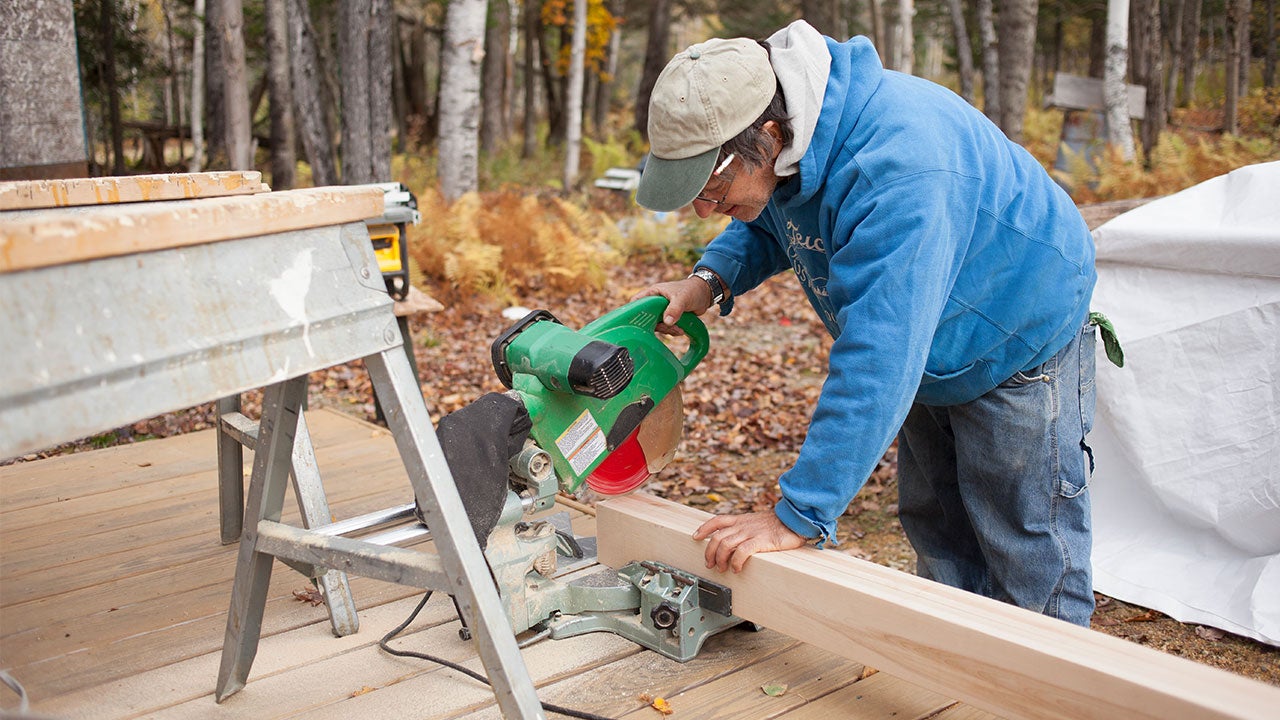Home improvement grants are valuable resources for homeowners seeking financial assistance for necessary repairs, energy-efficient upgrades, or modifications to accommodate specific needs. Offered by various government agencies, these grants can alleviate the financial burden associated with home renovations. However, eligibility requirements vary based on specific programs, locations, and the intended use of funds. This article provides a comprehensive overview of who may qualify for government home improvement grants.
Income Level
One of the primary eligibility criteria for government home improvement grants is the applicant’s income level. Many programs are specifically designed to assist low- to moderate-income households, ensuring that financial assistance reaches those who need it most. Applicants typically must fall below a certain income threshold, often defined as a percentage of the area median income (AMI). This percentage can vary by location and family size. Additionally, applicants are usually required to provide documentation proving their income, which may include tax returns, pay stubs, or other financial documents.
Homeownership Status
To qualify for most home improvement grants, applicants generally must be homeowners. These grants are often limited to properties that serve as the applicant’s primary residence rather than vacation homes or investment properties. Applicants may need to provide documentation proving ownership, such as a deed or mortgage statement.
Type of Improvements
The intended use of grant funds also affects eligibility. Many programs focus on specific types of improvements, such as energy efficiency upgrades, accessibility modifications, or repairs related to health and safety. For instance, funds may be allocated for projects like lead paint remediation, roof repairs, or the installation of energy-efficient appliances. Additionally, proposed improvements must often comply with local building codes and standards, ensuring the safety and sustainability of the modifications.
Age and Disability Status
Certain grants are specifically aimed at senior citizens or individuals with disabilities. Programs may prioritize or exclusively provide assistance to elderly homeowners, often defined as individuals aged 62 or older. Additionally, grants may be available for those with disabilities to make necessary modifications to their homes, such as wheelchair ramps or bathroom adaptations. This focus on age and disability ensures that vulnerable populations receive the support they need to maintain safe and accessible living environments.
Location
Geographical location plays a significant role in determining eligibility for home improvement grants. Many grants are offered at the state or local level, with specific eligibility requirements determined by local housing authorities or community development agencies. Additionally, national programs, such as those offered by the U.S. Department of Housing and Urban Development (HUD), may have different eligibility criteria depending on the region. It is essential for applicants to research available programs in their area and understand the specific requirements and application processes homeimprovementpress.
Conclusion
In conclusion, eligibility for government home improvement grants varies based on income level, homeownership status, the type of improvements planned, age and disability status, and geographical location. Homeowners seeking financial assistance for home renovations should carefully review the eligibility criteria for the specific grant programs available in their area. By understanding these requirements, applicants can better position themselves to receive the support they need to improve their homes and enhance their quality of life.

